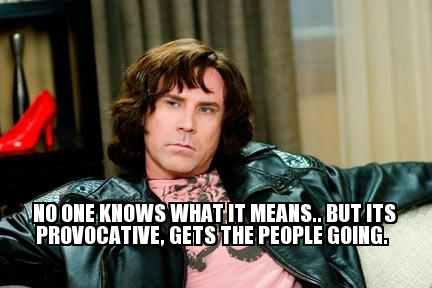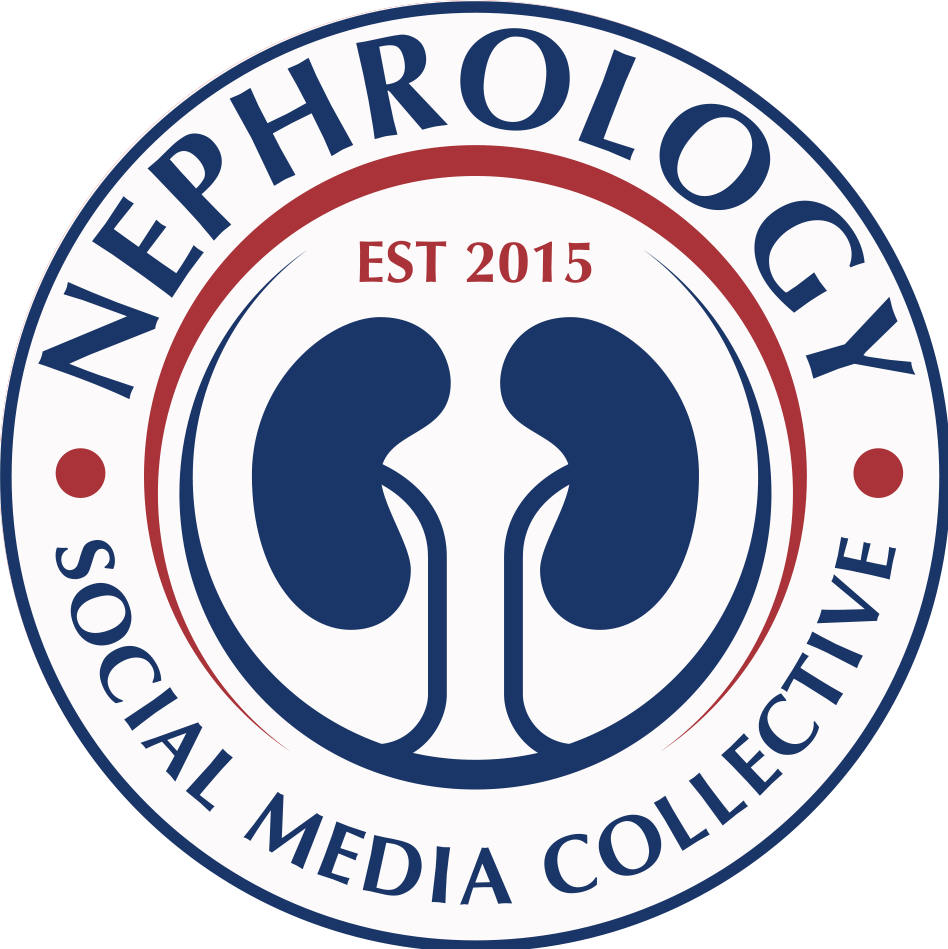NephMadness Choosing Wisely Campaign (#NCWC): Pathogenic DSAs vs The Untransplantables (#TransplantRegion)
 The fight to come out of the Transplant Region is like a sibling rivalry. Truly all four competitors relate to each other under the umbrella (aka family) of access to transplantfor various patient populations. Get ready because you know in sibling battles there is no "illegal" weapon. It is time to get down and dirty. We are going to discuss Pathogenic Donor Specific Antibodies (DSA's) versus The Untransplantables. Please check out my NSMC co-intern Dr. Samira Farouk's amazing game preview of Kidney Donor Risk versus VirallyInfected Kidneys.Let us first take a look at Team Pathogenic DSA's. They have been scouted before with excellent reviews and concerns. If one word describes this team as Dr. Dorry Segev mentioned in his overview of the Transplant Region it is "Enigma". The detection of Pathogenic DSA's allows for more appropriate matching between donors and recipients and avoiding acute antibody mediated rejection (ABMR). However, how do you know how significant the DSA is? This brings us to the team leader Antibody Strength or his streetball name "Da MFI" (Mean Fluorescence Intensity). A team's leader can reflect both a team's strength and weaknesses all at once. "Da MFI" shows good game with great defensive MONITORING on the court, but has limitations such as getting caught out of position or not finishing at the basket.Ideally the HLA antibodies bind proportionately to a standard amount of target antigen and high antibody levels will develop. But what if using single antigen bead assays that give us the "Da MFI" the following happens?1. There is a lower antigen density and despite high levels of antibodies produced there is a falsely low MFI2.There are high antibody levels and complement activation leading to soluble C1q that blocks HLA antibody binding to the selected antigen, resulting in a falsely low MFI3. Two different antigen beads have different HLA antigens but the same epitopes diluting the serum antibody resulting in a lower MFI4. The patient had a sensitizing event leading to production of DSA after antibody testing5. If you take the same samples with the same beads and do the same test over a course of a week you could end up with varying MFI'sSo Yes we can detect Pathogenic DSA's but we definitively do not always know what it clinically means.
The fight to come out of the Transplant Region is like a sibling rivalry. Truly all four competitors relate to each other under the umbrella (aka family) of access to transplantfor various patient populations. Get ready because you know in sibling battles there is no "illegal" weapon. It is time to get down and dirty. We are going to discuss Pathogenic Donor Specific Antibodies (DSA's) versus The Untransplantables. Please check out my NSMC co-intern Dr. Samira Farouk's amazing game preview of Kidney Donor Risk versus VirallyInfected Kidneys.Let us first take a look at Team Pathogenic DSA's. They have been scouted before with excellent reviews and concerns. If one word describes this team as Dr. Dorry Segev mentioned in his overview of the Transplant Region it is "Enigma". The detection of Pathogenic DSA's allows for more appropriate matching between donors and recipients and avoiding acute antibody mediated rejection (ABMR). However, how do you know how significant the DSA is? This brings us to the team leader Antibody Strength or his streetball name "Da MFI" (Mean Fluorescence Intensity). A team's leader can reflect both a team's strength and weaknesses all at once. "Da MFI" shows good game with great defensive MONITORING on the court, but has limitations such as getting caught out of position or not finishing at the basket.Ideally the HLA antibodies bind proportionately to a standard amount of target antigen and high antibody levels will develop. But what if using single antigen bead assays that give us the "Da MFI" the following happens?1. There is a lower antigen density and despite high levels of antibodies produced there is a falsely low MFI2.There are high antibody levels and complement activation leading to soluble C1q that blocks HLA antibody binding to the selected antigen, resulting in a falsely low MFI3. Two different antigen beads have different HLA antigens but the same epitopes diluting the serum antibody resulting in a lower MFI4. The patient had a sensitizing event leading to production of DSA after antibody testing5. If you take the same samples with the same beads and do the same test over a course of a week you could end up with varying MFI'sSo Yes we can detect Pathogenic DSA's but we definitively do not always know what it clinically means. In 1968 the World Health Organization established criteria for screening practices and it was said that yes in theory was a good practice but there will be "snags".So yes there is a lot of science and fascination with Team Pathogenic DSA's but I have to agree with Dr. Segev, the Team are a group of freshman with their "snags" that will grow together and change with new teammates over time, this is likely not the year but a title run might not be that far in the futureAlso Pubmed articles by the Blue Ribbon Panel mentioning "Antibody": 0Our opposing team are the Untransplantables. One easy rule in picking the winner in NephMadness is where is the most ready prime time player aka look for a relevant intervention with a significant transparent effect on diagnosis, treatment, or patient outcomes. Well the Untransplantables were once a ragtag group that heard the words, "too sensitized", "can't go against nature", "no student would ever EXCHANGE over to this team", and "can't land a hot shot recruit", maybe not anymore. They have a superstar in my opinion that would make the all tournament team, overcoming HLA incompatibility in transplantation. The superstar has two primary offensive weapons, the paired kidney donor exchange (PKDE) and desensitization. Let us focus on PKDE. The National Kidney Registry (NKR) is a national registry in the USA of listing living kidney donors and recipients in need of a kidney transplant. The NKR was founded in 2007 and as of early 2018 has resulted in 2598 transplants(https://www.kidneyregistry.org/index.php). This goes beyond a patient being untransplantable with a potential donor, it also allows for a better match in terms of other factors such as age. PKDE can be used in concert with desensitization via an algorithmic approach.
In 1968 the World Health Organization established criteria for screening practices and it was said that yes in theory was a good practice but there will be "snags".So yes there is a lot of science and fascination with Team Pathogenic DSA's but I have to agree with Dr. Segev, the Team are a group of freshman with their "snags" that will grow together and change with new teammates over time, this is likely not the year but a title run might not be that far in the futureAlso Pubmed articles by the Blue Ribbon Panel mentioning "Antibody": 0Our opposing team are the Untransplantables. One easy rule in picking the winner in NephMadness is where is the most ready prime time player aka look for a relevant intervention with a significant transparent effect on diagnosis, treatment, or patient outcomes. Well the Untransplantables were once a ragtag group that heard the words, "too sensitized", "can't go against nature", "no student would ever EXCHANGE over to this team", and "can't land a hot shot recruit", maybe not anymore. They have a superstar in my opinion that would make the all tournament team, overcoming HLA incompatibility in transplantation. The superstar has two primary offensive weapons, the paired kidney donor exchange (PKDE) and desensitization. Let us focus on PKDE. The National Kidney Registry (NKR) is a national registry in the USA of listing living kidney donors and recipients in need of a kidney transplant. The NKR was founded in 2007 and as of early 2018 has resulted in 2598 transplants(https://www.kidneyregistry.org/index.php). This goes beyond a patient being untransplantable with a potential donor, it also allows for a better match in terms of other factors such as age. PKDE can be used in concert with desensitization via an algorithmic approach. But do not forget there are a few other players that have given new hope to patients. One of them is ABO incompatibility transplantation which is becoming more mainstream in particular with specific type B blood recipients receiving organs from donors with A2/A2B blood type.Simply put, the Team Pathogenic DSA's has plenty of team Defense and Monitoring. However it is questionable how much this will lead them to a win. On the other hand we have The Untransplantables whom have a great defense (since technically DSA monitoring is used in these patients) but can score in both natural and unnatural ways.Plus if you ask who is the most prime time ready player that has made an impact measured by number of transplants, then it becomes an even easier decision.Yep HLA typing and checking for DSA is a pillar of transplantation, but think about it if I find an issue using my DEFENSIVE MONITORING but then how do I SCORE off it? Use one of the methods mentioned with the Untransplantables like desensitization or PKDE.Plus if you think health care providers and patients aka our Blue Ribbon Panel want to overcome barriers not just hear they exist which way do you think they will sway?Pick: The Untransplantables
But do not forget there are a few other players that have given new hope to patients. One of them is ABO incompatibility transplantation which is becoming more mainstream in particular with specific type B blood recipients receiving organs from donors with A2/A2B blood type.Simply put, the Team Pathogenic DSA's has plenty of team Defense and Monitoring. However it is questionable how much this will lead them to a win. On the other hand we have The Untransplantables whom have a great defense (since technically DSA monitoring is used in these patients) but can score in both natural and unnatural ways.Plus if you ask who is the most prime time ready player that has made an impact measured by number of transplants, then it becomes an even easier decision.Yep HLA typing and checking for DSA is a pillar of transplantation, but think about it if I find an issue using my DEFENSIVE MONITORING but then how do I SCORE off it? Use one of the methods mentioned with the Untransplantables like desensitization or PKDE.Plus if you think health care providers and patients aka our Blue Ribbon Panel want to overcome barriers not just hear they exist which way do you think they will sway?Pick: The Untransplantables
